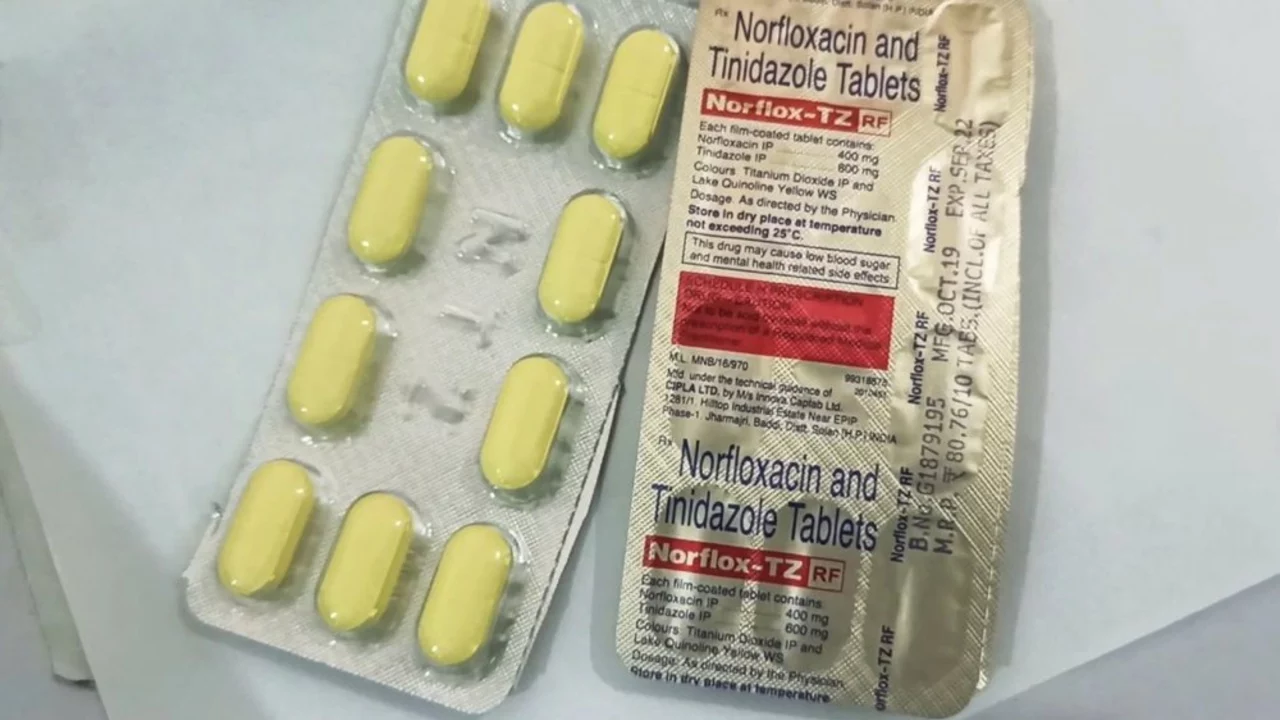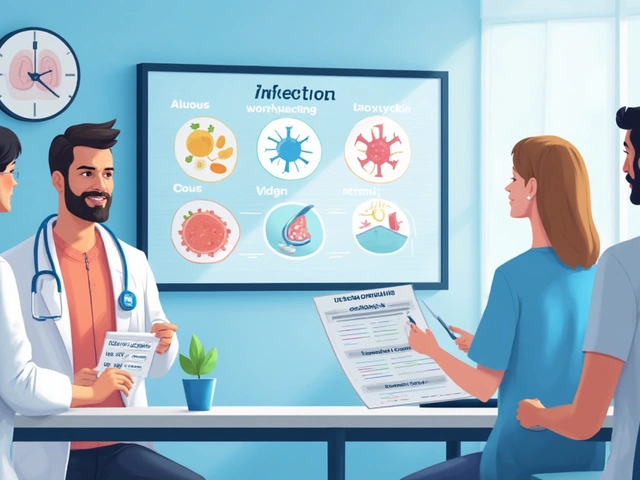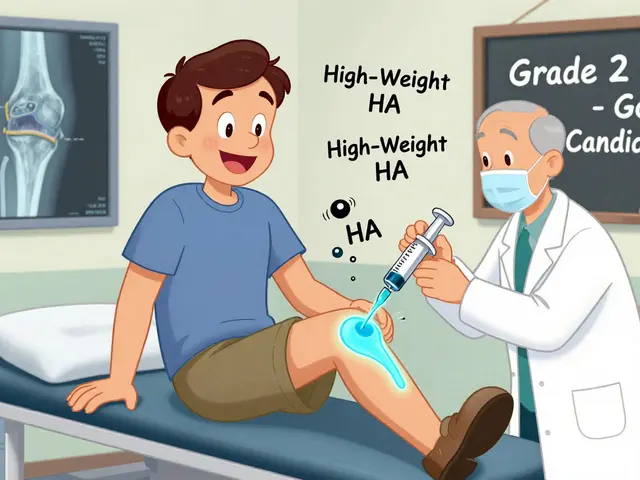Bacterial skin infections are common and range from a small pimple to a spreading, painful cellulitis.
You can get them when bacteria enter broken skin, but sometimes they start in hair follicles or tiny unseen cuts.
Staphylococcus aureus and Streptococcus species cause most cases. MRSA (methicillin‑resistant Staph aureus) is a growing problem and changes how doctors treat infections. Risk rises after insect bites, cuts, eczema, shaving, or immune suppression.
Warning signs
Typical types you’ll see are impetigo (honey‑colored crusts on the face or hands), folliculitis (inflamed hair follicles), abscesses or boils (painful pus pockets), and cellulitis (deep skin and tissue infection that spreads). Each looks a bit different but they share redness, warmth, pain, and sometimes fever.
Rapidly spreading redness, red streaks toward the heart, high fever, severe pain, numbness, or a hard swollen area need urgent medical attention. If you have diabetes, take immune‑suppressing medicines, or a prosthetic implant, call your doctor early — infections can get worse faster.
Treatment basics
How doctors diagnose infections depends on the case. Many are diagnosed by exam alone. For abscesses or recurrent infections your clinician may swab the wound for culture, order blood tests, or image deeper tissue if they suspect a spread.
Treatment is straightforward in most cases. Small impetigo or folliculitis may improve with cleansing and topical antibiotics like mupirocin. Deeper infections often need oral antibiotics. Common choices include cephalexin or dicloxacillin for methicillin‑sensitive organisms, and doxycycline or trimethoprim‑sulfamethoxazole when MRSA is suspected. Abscesses usually need drainage — antibiotics alone often don’t resolve a pocket of pus.
Follow the full antibiotic course your doctor prescribes, even if you feel better. Skipping pills raises resistance risk and makes recurrence more likely. If a wound is draining, keep it covered and change dressings daily. Clean minor cuts with soap and water, don’t pick scabs, and avoid sharing towels or razors.
Prevention is simple but effective: keep skin clean, treat athlete’s foot or eczema promptly, use barriers when shaving, and wash hands often. Use gentle soap, avoid harsh scrubs. For athletes, cover wounds during play and launder gear regularly.
When to seek help? If redness spreads despite home care, if you develop fever, increasing pain, red streaks, or swelling near a joint, see a clinician right away. Also return if swelling or pain worsens after starting antibiotics.
If infections keep coming back, your doctor may look for a cause. They can test for MRSA, check blood sugar for diabetes, or suggest decolonization steps like nasal mupirocin and chlorhexidine washes. Decolonization helps lower the chance of repeat infections in some people, especially in households where others are infected. Also clean shared spaces and wash bedding in hot water when someone has an active infection. Talk openly with your clinician about household steps — simple measures at home often stop a cycle of repeated infections. Ask for follow‑up.
Early action often stops infections from getting dangerous. Treat wounds correctly, know the warning signs, and see a provider when things look worse to avoid serious complications.





